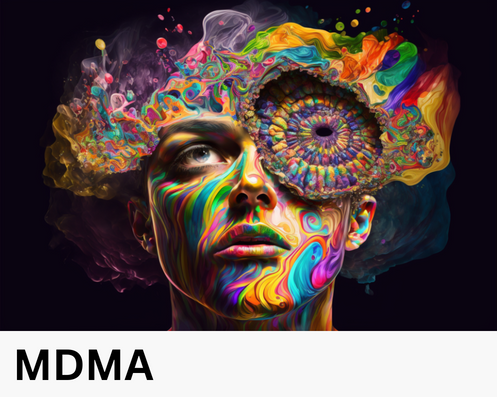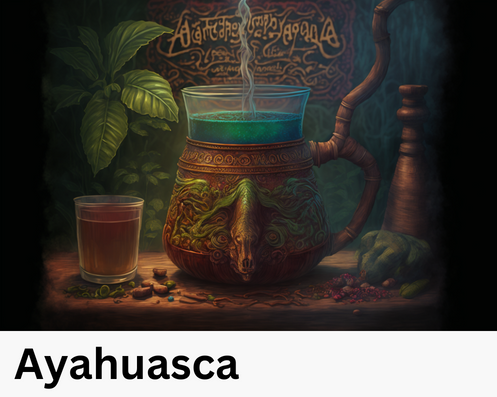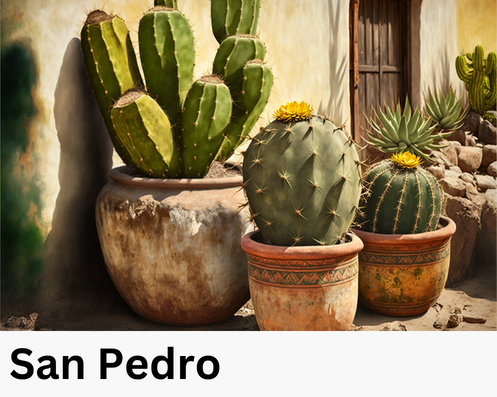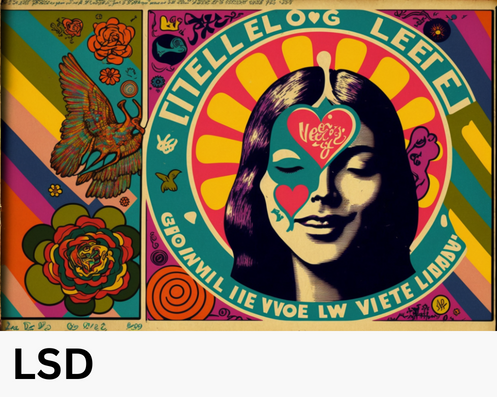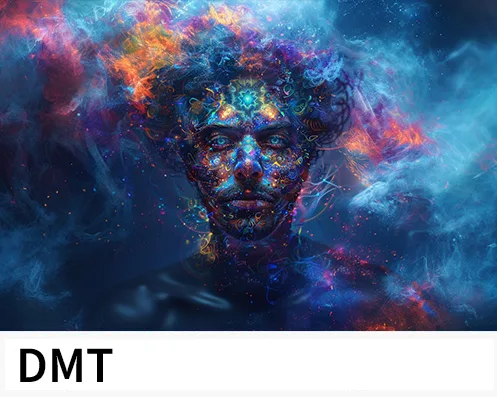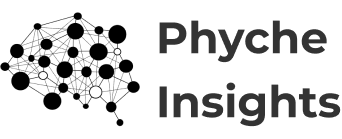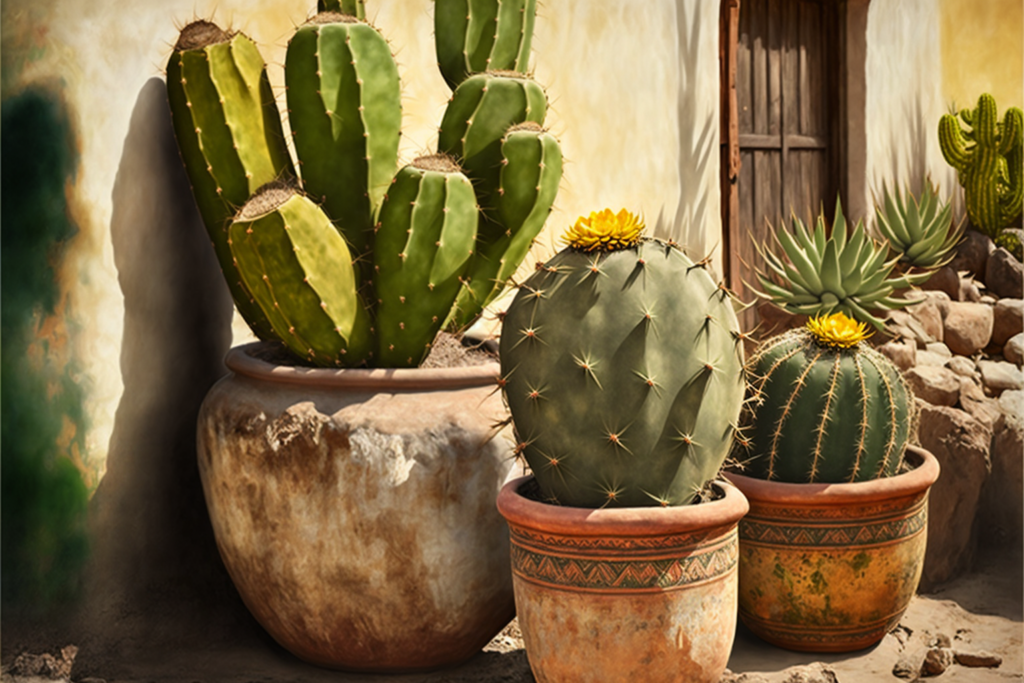
Overview
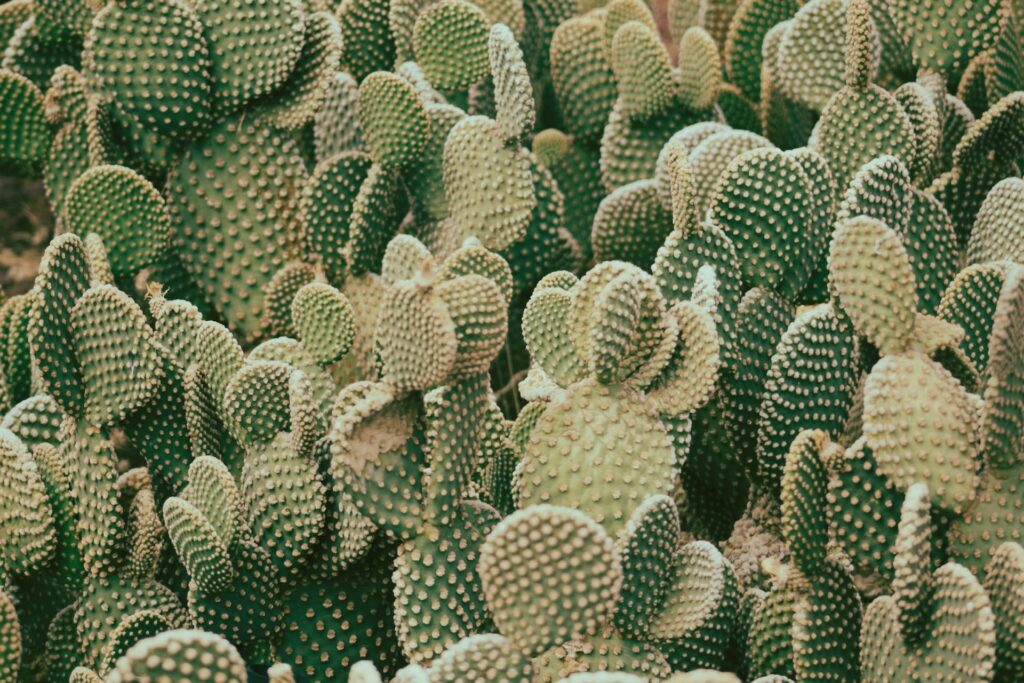
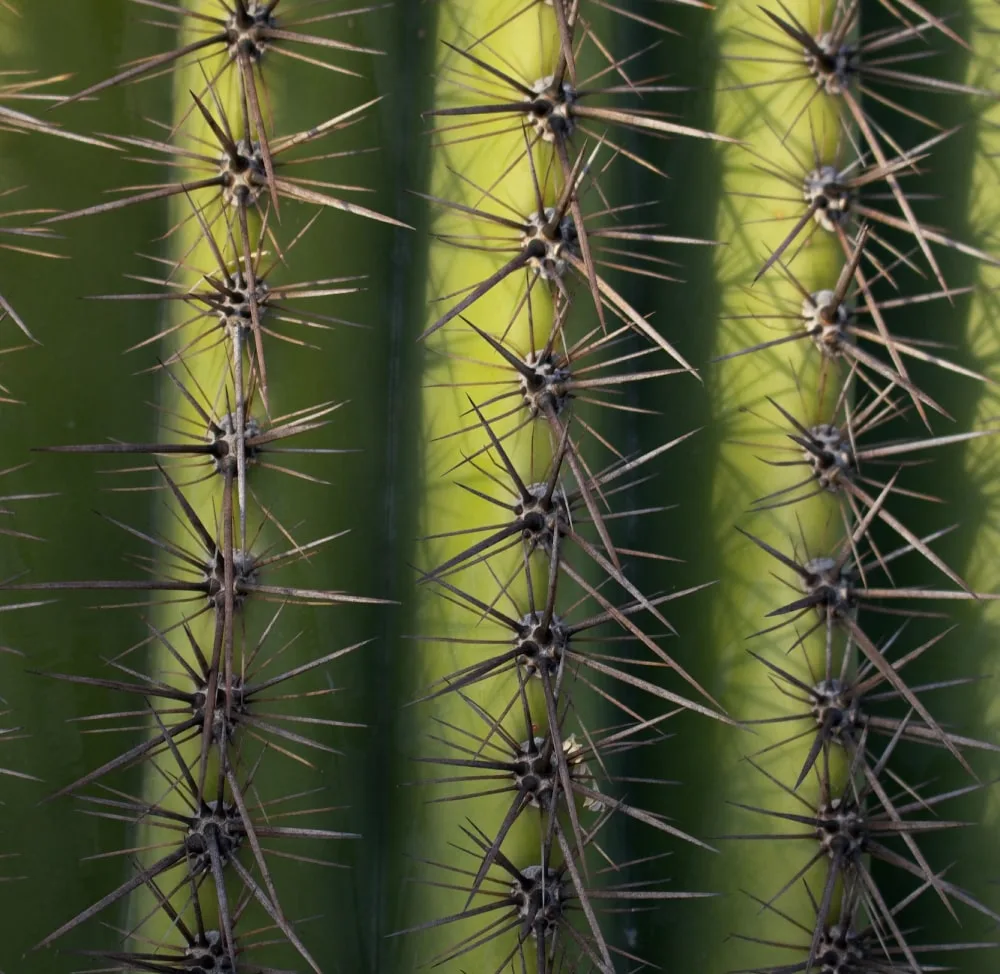
History
San Pedro, or huachuma in the Quechua language, finds its roots in ancient Andean culture. The Guitarrero cave in the Callejón de Huaylas valley held the earliest evidence of its use. Fossilized remains found here date from 6800-6200 BCE. This places the mescaline containing cactus among the oldest psychoactive plants in human history. 2
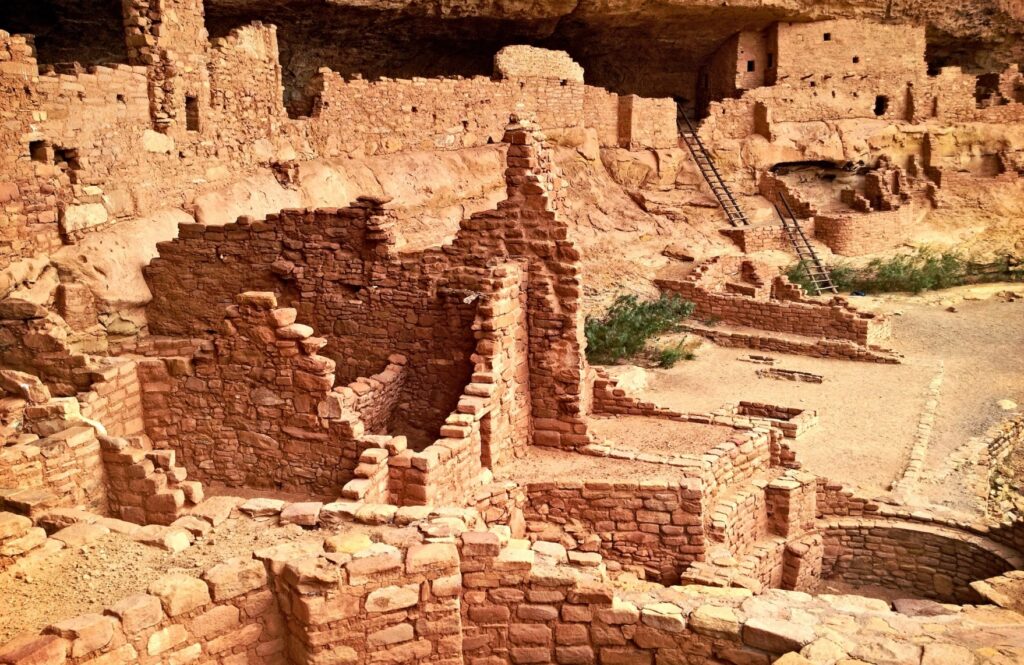
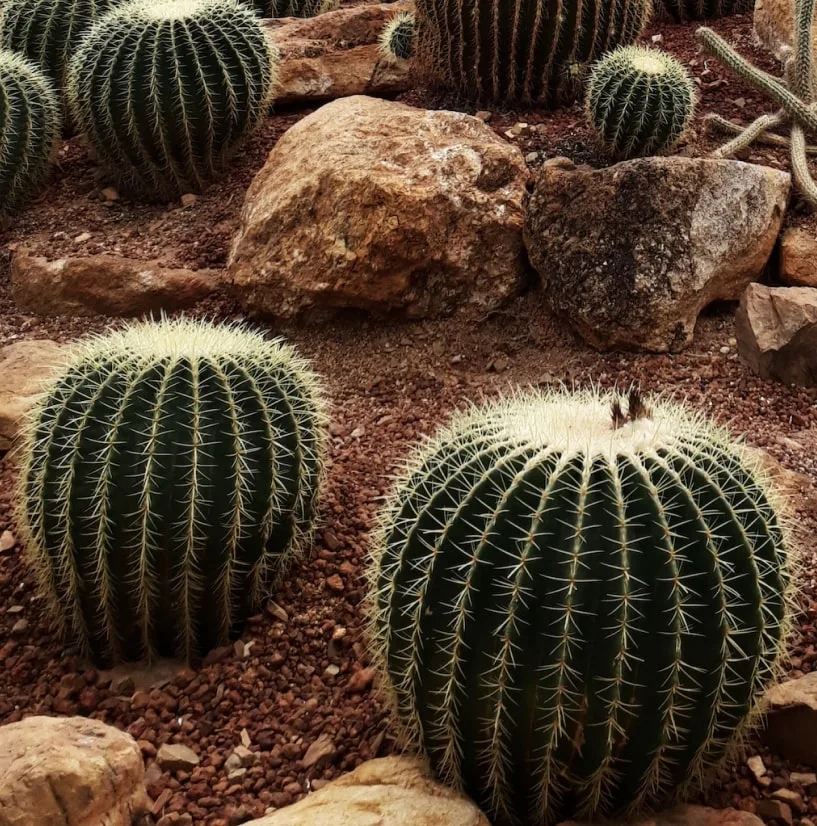
In 1896 mescaline took a stronger foothold in Western society as a German scientist, Arthur Heffter, isolated the compound for the first time. Roughly two decades later in 1919, Ernst Späth first synthesized mescaline from 3,4,5-trimethoxybenzoic.3
Chemistry
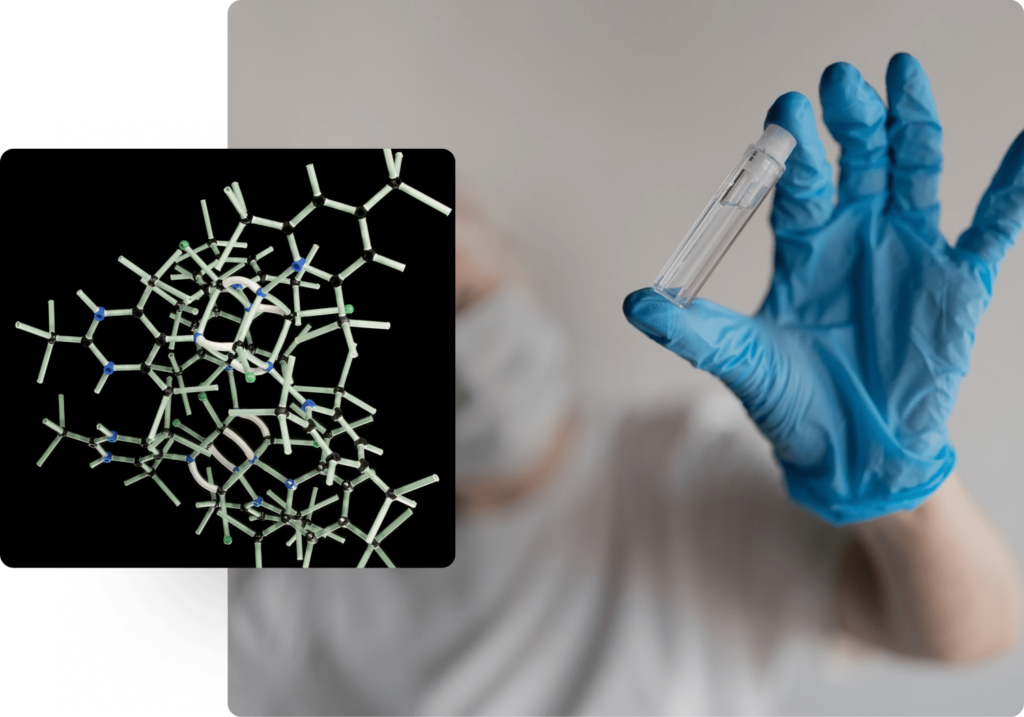
Dosage and
Effects
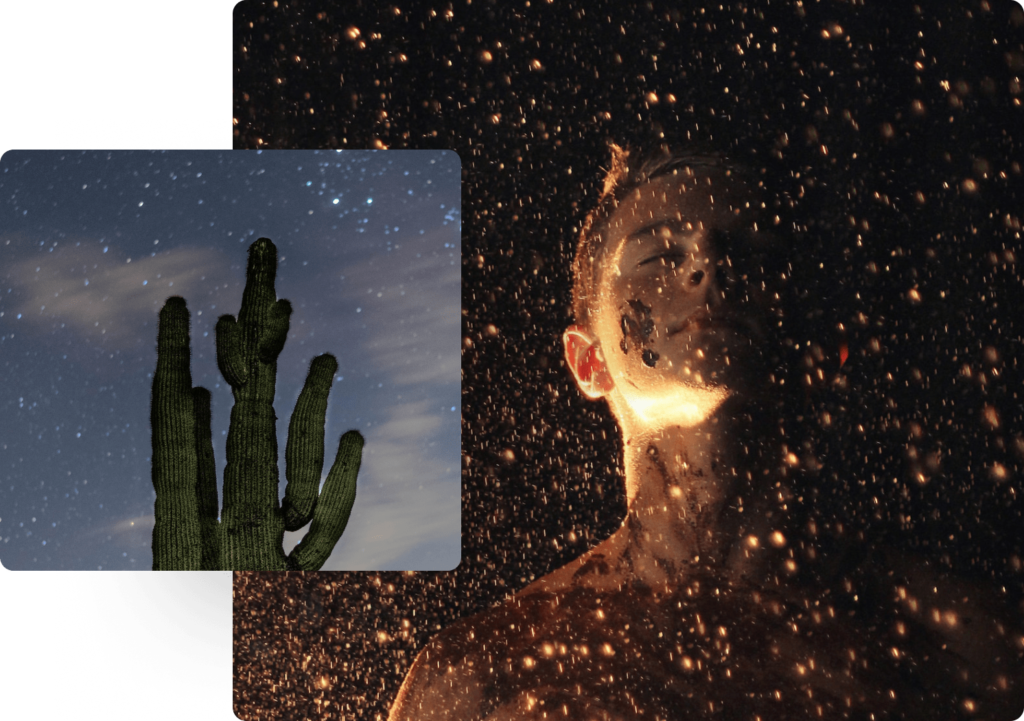
Heath &
Research

- Experience of Unity.
- Spiritual Experience.
- Blissful State.
- Insightfulness
- Disembodiment
- Impaired Control and Cognition.
- Anxiety
- Complex Imagery.
- Elementary Imagery.
- Audio-Visual Synesthesia (stimulation of one sensory or cognitive pathway leads to involuntary experiences in a second sensory or cognitive pathway).
- Changed Meaning of Percepts.


Benefits & Risks
Therapeutic
Uses

San Pedro healers believe it to have a wide range of therapeutic benefits. As psychedelics become a more acceptable complement to traditional therapy, these benefits become increasingly clear. While some accounts deem the cactus a panacea that renders all other medicine moot, the research conducted thus far points more toward psychological benefits mentioned above.4,5
Media & Books

- Cactus of Mystery: The Shamanic Powers of the Peruvian San Pedro Cactus by Ross Heaven, 2009.
- Psychoactive Cacti- The Psychedelic Effects of Mescaline In Peyote, San Pedro, & The Peruvian Torch by Alex Gibbons, 2020.
- Peyote and Other Psychoactive Cacti by Adam Gottlieb, 1977.
- Shamanism & the Sacred Cactus: Ethnoarchaeological Evidence for San Pedro Use in Northern Peru by Douglas Sharon, 2020.
- San Pedro Huachuma: Opening the Pathways of The Heart by Javier Regueiro, 2017.
- The Cactus of Sanity: Huachuma in a Time of Chaos by Sergey Baranov, 2020.
- This Is Your Mind on Plants by Michael Pollan, 2021
Legal Status
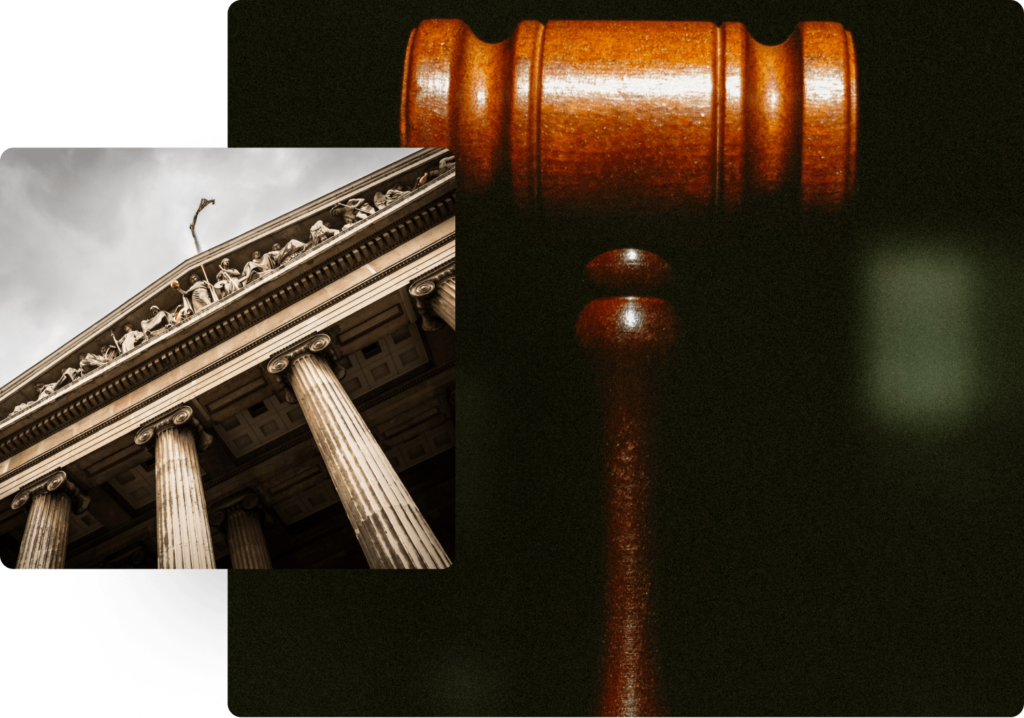

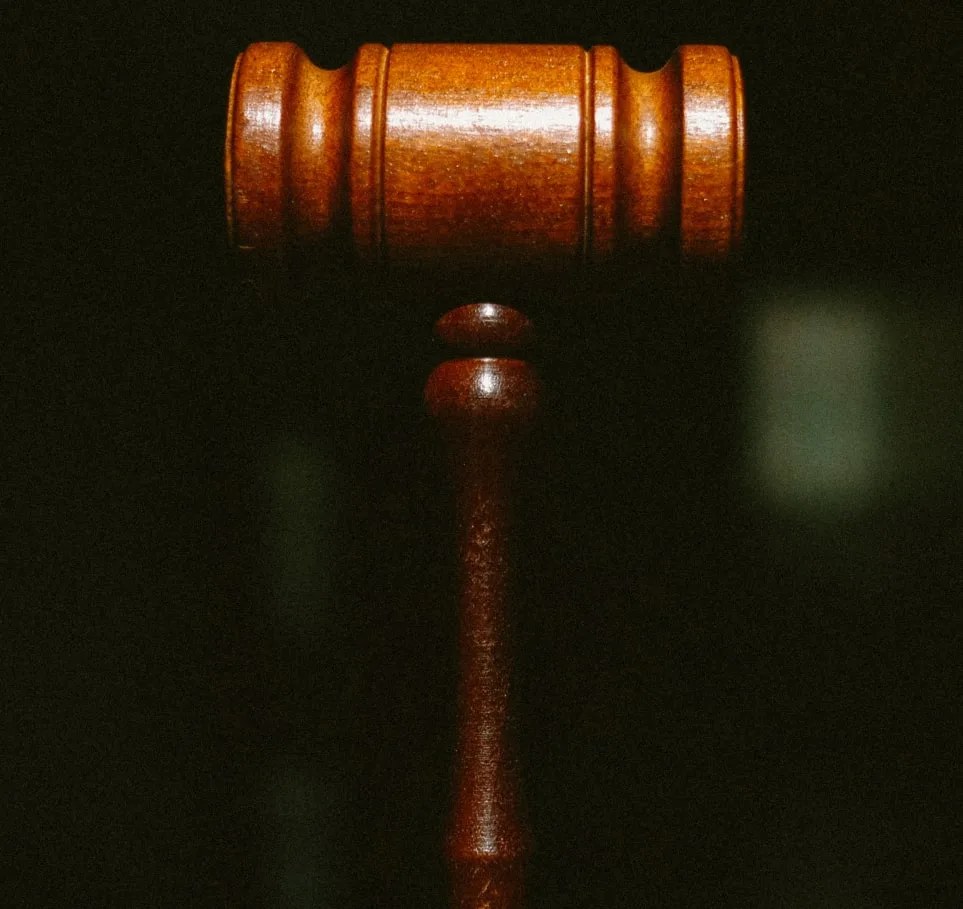
According to Erowid.org the following represents the legality of San Pedro around the world: 9
- Brazil- Peruvian Torch and San Pedro are legal while mescaline and peyote are illegal.
- Canada- Possession and sales of the cactus are typically not prosecuted in Canada, but once dried and prepared for consumption they would be prosecuted under the 2001 Controlled Drugs and Substances Act.
- Germany- Processing the living cactus in order to derive the psychoactive components remains illegal, but possession of the living cactus itself is not.
- Ireland- Headshops sell dried San Pedro and the fresh cactus is readily available despite mescaline being scheduled.
- Switzerland- San Pedro is a prohibited substance here.
- United Kingdom- The 2007 case Regina v. Saul Sette left dried mescaline containing cacti legal to sell and possess.
References
- Erowid Cacti Vaults : San Pedro, The Miracle HealerÂ. (n.d.). https://www.erowid.org/plants/cacti/cacti_writings1.shtml
- iceers.org. (2022, September 27). San Pedro: Basic Info. ICEERS. Retrieved December 30, 2022, from https://www.iceers.org/san-pedro-basic-info
- Dinis-Oliveira, R. J., Pereira, C. L., & da Silva, D. D. (2019). Pharmacokinetic and Pharmacodynamic Aspects of Peyote and Mescaline: Clinical and Forensic Repercussions. Current molecular pharmacology, 12(3), 184–194. https://doi.org/10.2174/1874467211666181010154139
- Uthaug, M. V., Davis, A. K., Haas, T. F., Davis, D., Dolan, S. B., Lancelotta, R., Timmermann, C., & Ramaekers, J. G. (2021). The epidemiology of mescaline use: Pattern of use, motivations for consumption, and perceived consequences, benefits, and acute and enduring subjective effects. Journal of Psychopharmacology, 36(3), 309–320. https://doi.org/10.1177/02698811211013583
- Dinis-Oliveira, R. J., Pereira, C. L., & da Silva, D. D. (2019). Pharmacokinetic and Pharmacodynamic Aspects of Peyote and Mescaline: Clinical and Forensic Repercussions. Current molecular pharmacology, 12(3), 184–194. https://doi.org/10.2174/1874467211666181010154139
- Schmidt, T. T., & Berkemeyer, H. (2018). The Altered States Database: Psychometric Data of Altered States of Consciousness. Frontiers in psychology, 9, 1028. https://doi.org/10.3389/fpsyg.2018.01028
- Arne Bohn, Michiel H. H. Kiggen, Malin V. Uthaug, Kim I. M. van Oorsouw, Johannes G. Ramaekers & Hein T. van Schie (2022) Altered States of Consciousness During Ceremonial San Pedro Use, The International Journal for the Psychology of Religion, DOI: 10.1080/10508619.2022.2139502 retrieved December 16, 2022 from https://www.tandfonline.com/doi/full/10.1080/10508619.2022.2139502
- 42 U.S. Code § 1996 – Protection and preservation of traditional religions of Native Americans. (n.d.). LII / Legal Information Institute. https://www.law.cornell.edu/uscode/text/42/1996
- Erowid Cacti Vault : Legal Status. (n.d.). https://erowid.org/plants/cacti/cacti_law.shtml
- Adlin, B. (2021, October 4). Seattle Becomes Largest U.S. City To Decriminalize Psychedelics. Marijuana Moment. https://www.marijuanamoment.net/seattle-becomes-largest-u-s-city-to-decriminalize-psychedelics
